I love old industrial sites. I love the texture and color of the rusted structures, the overwhelming scale, and lost-world feeling. Two places come to mind– Gas Works Park in Seattle, WA (which I can see from my apartment window) and the SteelStacks in Bethlehem, PA (where I grew up). In both, ruins have been turned into monuments of industry. But they are a strange way to remember industrial history. In both, the remains of industry are the background for recreation areas. The rusted steel towers and machines have been turned into aesthetic objects.
So what’s going on here? What does it mean to turn ruins into monuments this way?
Bethlehem Steel
- Bethlehem Steel once occupied 1,600 acres and ran 2.5 miles along the Lehigh River. Most of the plant was demolished after it closed in 1995. These 200 foot tall blast furnace towers were preserved. Photo by anaxila, 2007. Via Flickr.
- The blast furnace stacks are now the background for a multi-use area that includes a music venue, arts center, ice skating rink, outlet stores, and casino. Photo by Wallace Roberts Todd. Via Wikipedia.
The Necessity for Ruins
These questions put me in mind of the landscape scholar J.B. Jackson‘s essay, “On the Necessity for Ruins.” Jackson was interested in reconstructed 19th century downtown shopping areas– the kind of places with gift shops dressed up to look like old general stores and apothecary shops. He called these monuments to vernacular history, to the history of everyday life and regular people.
You can see Gas Works Park and SteelStacks as vernacular monuments. Jackson doesn’t talk about industrial sites, and the aesthetics are different from a 19th century main street, but they work similarly. Like those downtowns, the industrial sites are aestheticized backdrops for modern activities.
Jackson wasn’t a fan of vernacular monuments. He preferred the older style of monuments– the ones with statues and inscriptions. He felt that traditional monuments create a real connection with the specific events of the past. They remind us of the sacrifices of those that came before, teach us concrete lessons, and call us to civic action.
Jackson thought that the new monuments separate us from history. The past is turned into an aesthetic experience of a vaguely understood golden age with none of the struggle and sacrifice of actual history. With these sorts of monuments, the past becomes a strange place to visit and a good backdrop for walking, shopping, and picnicking.
This is where the ruins come in. For Jackson, things have to fall into ruins before they can be turned into this kind of aesthetic monument. Things that have been neglected and forgotten have no ongoing use to the present world. No one cares about thier actual use and so they can be turned into something new. They can be reinterpted as aesthetic objects. Ruins are necessary because they allow the amnesia needed to make shopping in the past seem attractive.
Gas Works Park
- Between 1906 and 1956, a chemical plant created artificial gas from coal and crude oil at the north end of Seattle’s Lake Union. Photo from Seattle Municipal Archives. Via Wikipedia.
- The site was bought by the city in 1962 and Richard Haag was commissioned to create a park. Haag designed the park to highlight and preserve elements of the old plant. Photo by Liesl Matthies. Via Wikipedia.
Monuments of Industry
You could criticize Gas Works Park and SteelStacks in the same ways Jackson criticizes Victorian-style shopping streets. The nicely designed parks give no direct clues to the difficulty of industrial labor or the pain of economic change. There are very few inscriptions or interpretive plaques. No names are listed, and there is no call to civic action.
But I don’t agree with Jackson’s negative assessment of this kind of monument. At least not for the industrial version of vernacular monuments. I don’t think they are as vapid or uncritical as Jackson fears.
To start with, I would describe the remains of industry as striking rather than as beautiful or charming. They loom over the rest of the site. There is an ugliness to the rusted snarl of steel and machinery. There is something unredeemed about these things. Even with the well kept landscaping, they are still ruins. To me they still speak of loss and silence and change. The discontinuity between now and then isn’t comfortable or comforting.
The Gettysburg Battlefield (which Jackson classifies as a vernacular monument) is a useful reference here. The stakes are different, but I think the experience is similar. Almost any description of a visit to Gettysburg plays on the contrast between the quiet breeze of a sunny picnic visit and the terrible heat and roar of the days of the battle. I think that images of past events are not too far from the minds of most visitors, even if those images are vague on details. The ghosts of past events have a presence, and the very ghostliness of that presence makes the experience powerful.
Something similar happens with these industrial ruins-turned-monument. Some people might remember the actual work, but many have only a vague idea of the actual processes that went on. In either case, that ghost image is overlaid. You can imagine the smoke and noise and smell. You can imagine the people working and maybe have a vague sense of their struggles. All of that makes the quiet and the greenery and the people flying kites nearby all the more poignant. There’s a simultaneous presence and absence at work here.
References
Featured image by Historic American Engineering Record. Via Library of Congress.
For more on ruins, see Jackson, John Brinckerhoff, “The Necessity for Ruins,” in The Necessity for Ruins, and Other Topics. Univ of Massachusetts Press, 1980.
For more on Gas Works Park, see Meyer, Elizabeth K., Gary R. Hilderbrand, Patrick M. Condon, and William S. Saunders, eds. Richard Haag: Bloedel Reserve and Gas Works Park. Landscape Views 1. New York: Princeton Architectural Press, with the Harvard University Graduate School of Design, 1998.
Way, Thaïsa. The Landscape Architecture of Richard Haag: From Modern Space to Urban Ecological Design. University of Washington Press, 2015.
For more on Bethlehem Steel, see Garn, Andrew. Bethlehem Steel. Princeton Architectural Press, 1999. “Bethlehem Steelworkers to Recall the ‘Last Cast.’” Morning Call, December 12, 2015.
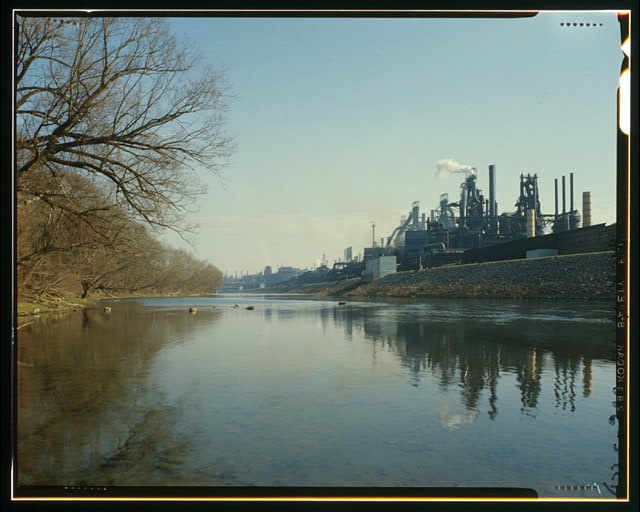
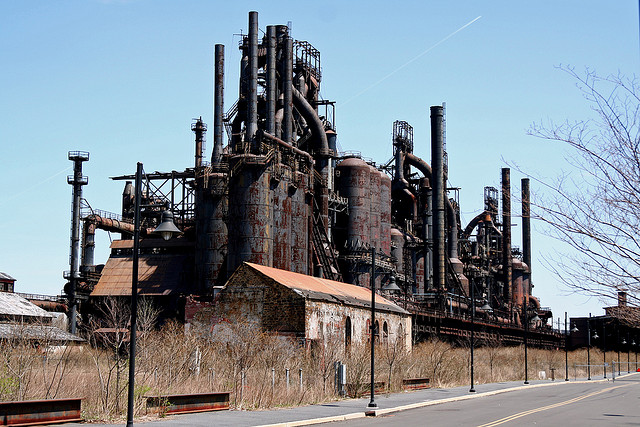
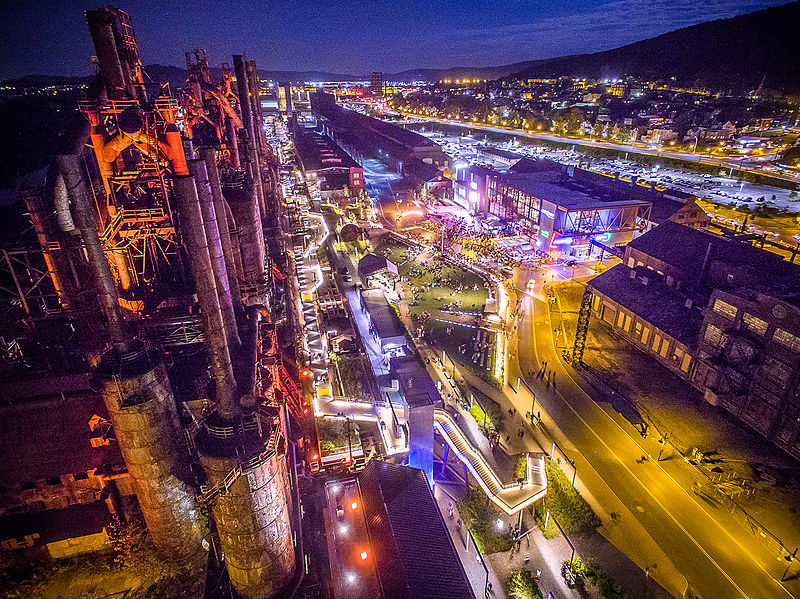
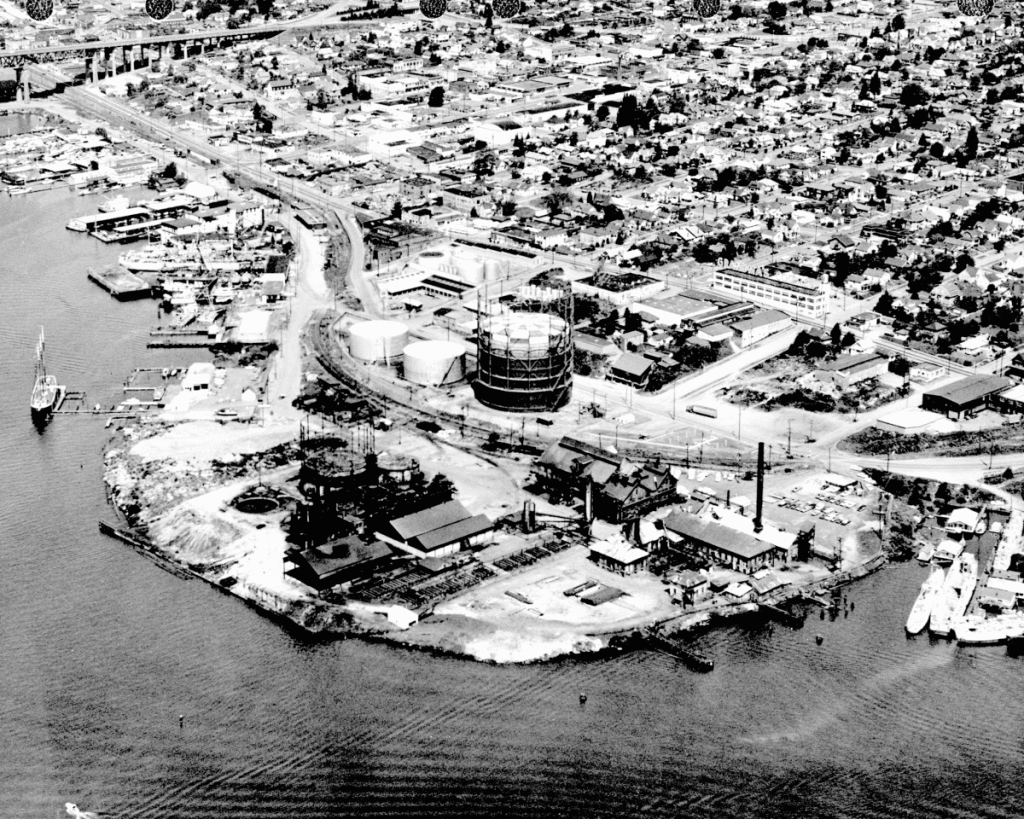
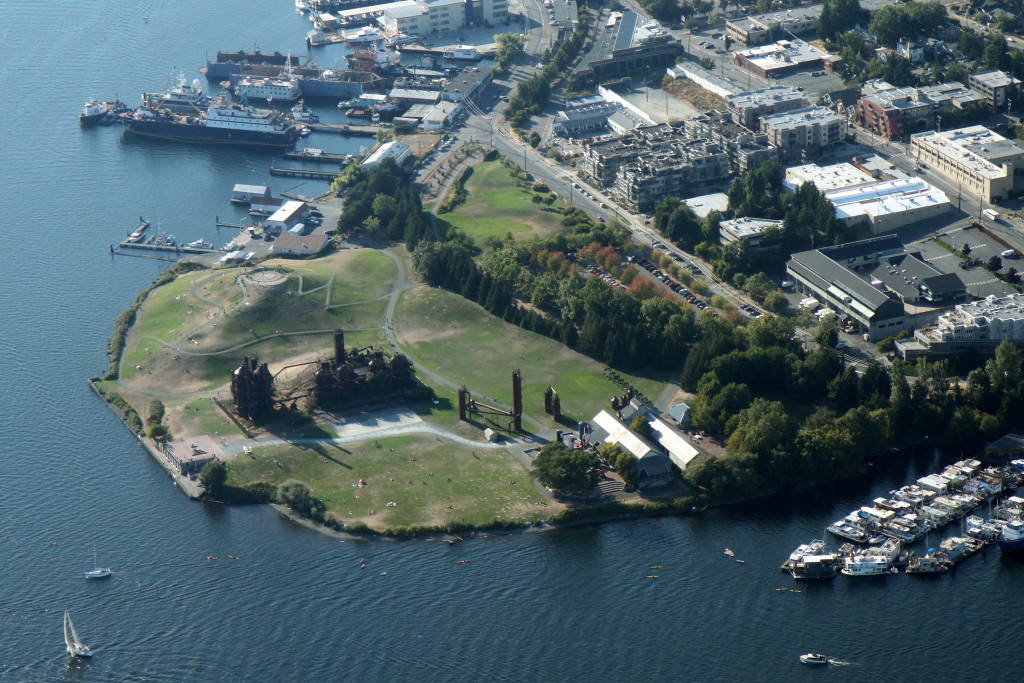


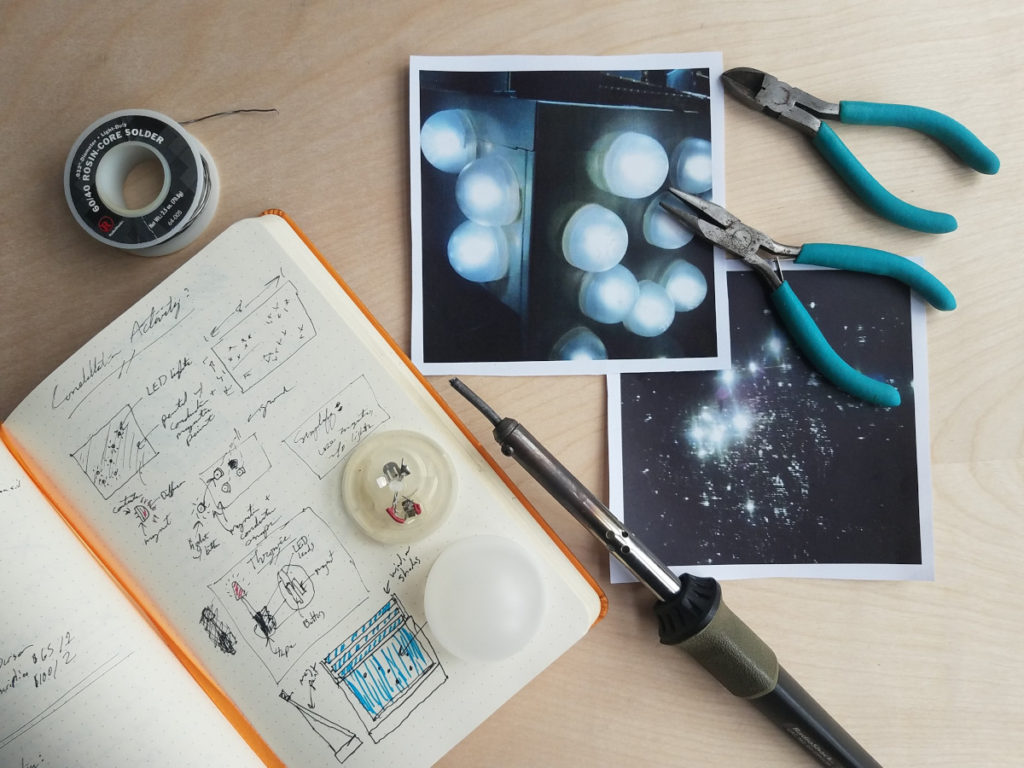
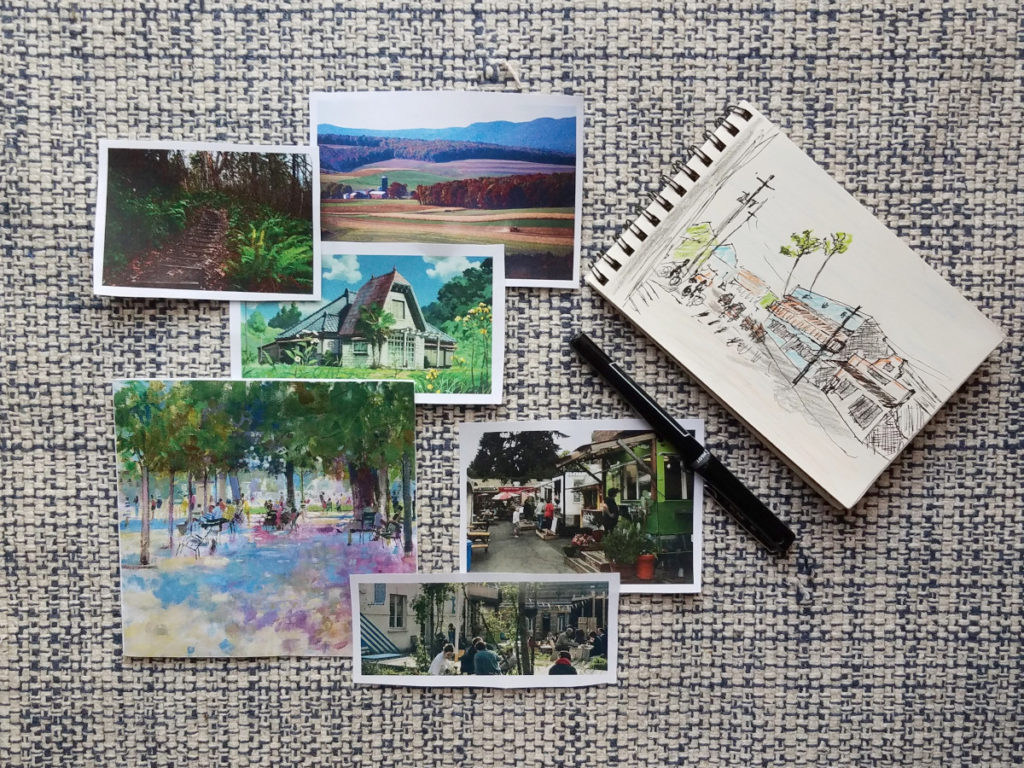
On how #IndustrialHeritage sites (#GasWorks #SteelStacks) are similar Civil War battlefields:
restlessdevice.com/ruins-monument…
Check out the short documentaries about Braddock PA. by Tony Buba.
Thanks for the suggestion, David! I’ll track them down. When are they from?
This Article was mentioned on brid.gy